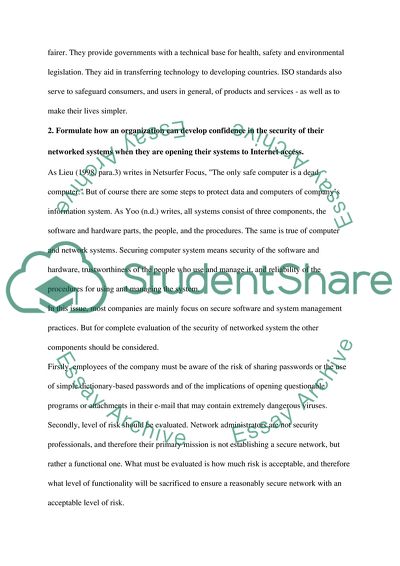Cite this document
(The Issues Involved in Internet Security Assignment - 1, n.d.)
The Issues Involved in Internet Security Assignment - 1. https://studentshare.org/information-technology/1703369-information-technology-questions-to-answer
The Issues Involved in Internet Security Assignment - 1. https://studentshare.org/information-technology/1703369-information-technology-questions-to-answer
(The Issues Involved in Internet Security Assignment - 1)
The Issues Involved in Internet Security Assignment - 1. https://studentshare.org/information-technology/1703369-information-technology-questions-to-answer.
The Issues Involved in Internet Security Assignment - 1. https://studentshare.org/information-technology/1703369-information-technology-questions-to-answer.
“The Issues Involved in Internet Security Assignment - 1”. https://studentshare.org/information-technology/1703369-information-technology-questions-to-answer.


